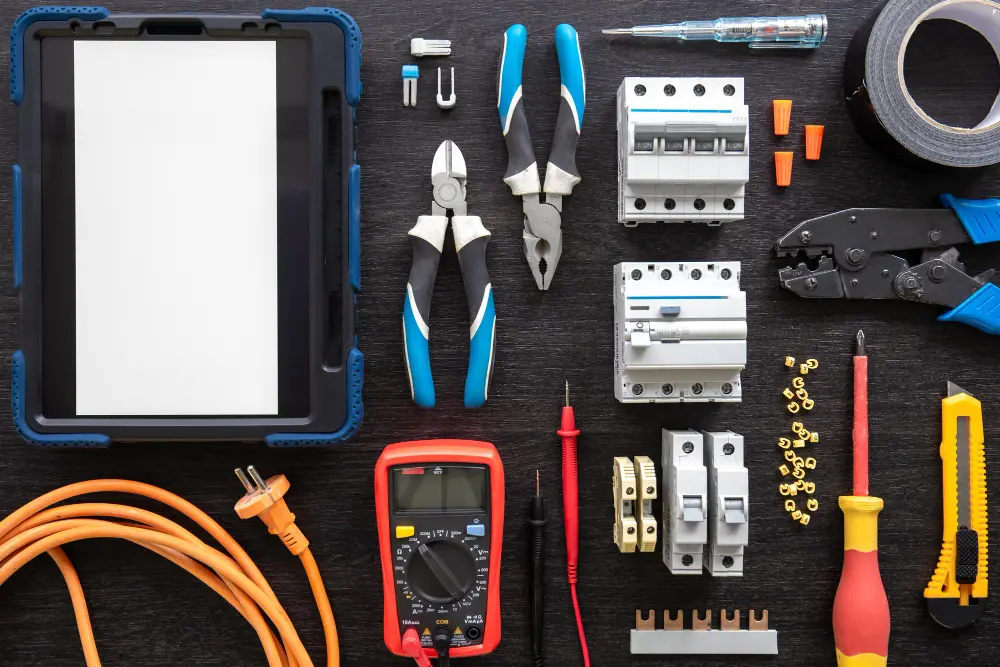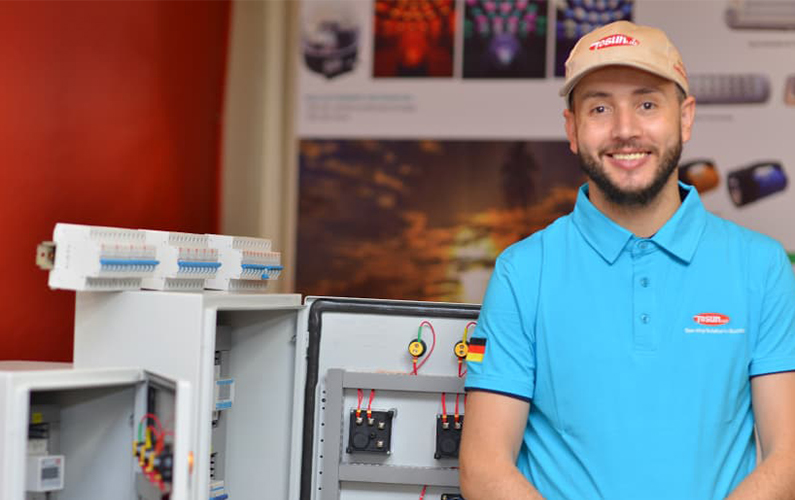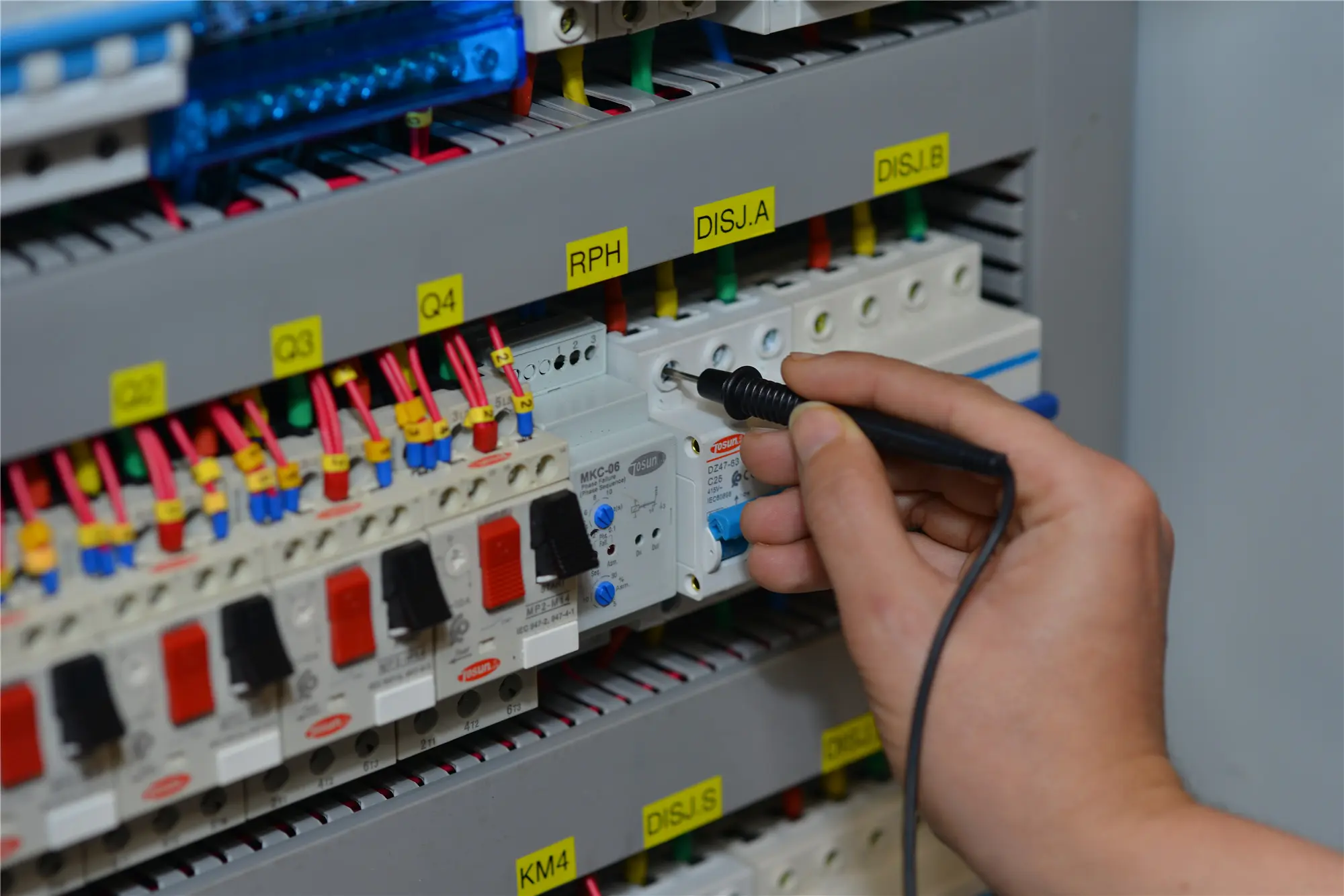The Buying Guide to Choosing Solar PV Connector and PV Cable
Table of Contents
ToggleTo maximize the output from your solar power system, select the appropriate solar panel connector and cable. These will guarantee a secure connection between your panels and maximize energy production.
What are Solar PV Connector and PV Cable?
A Solar PV Connector is a device used in photovoltaic (PV) systems to link solar panels with charge controllers, batteries, and other components. It also links your PV system to the electricity grid.
It consists of several insulated wires enclosed by an outer jacket. These cables can withstand high temperatures, intense UV radiation, and weather damage and should be installed either outdoors or within solar arrays for added protection.
When selecting solar cable for your project, ampere rating is key. A higher ampere rating allows more current to flow and thus minimizes the chance of overheating or damage due to overcurrent.
In addition to the ampere rating, the length should also be taken into account when purchasing solar wire. A longer length requires thicker wire for safety reasons.
PV cables come in many varieties, and each has its own distinct qualities. Common types include USE-2, USW-3, and USE-4 wires. Selecting the right solar wire type is essential for ensuring a long-lasting and efficient solar panel installation.
Selecting the correct solar cable can save you money and time. It also enhances the performance of your panels, extending their usefulness for solar power systems.
Types of Solar PV Connectors and PV Cable
PV systems use various types of cables, including DC cables, AC wires, string cables, and module wiring. Each has its own advantages.
Solar Photovoltaic (PV) connectors and cables come in many varieties to connect panels, power optimizers, inverters, and other components together. They range from generic connectors such as MC3 or MC4 to more sophisticated Multi-Contact (MC4) and SolarLok technology connections.
Most PV systems use a combination of various connector types for interconnection. This is done to prevent misconnections, meet standards and be compatible with other types of connections.
The insulated conductors are used for interconnection wiring in solar power applications. XLPE insulation covers them, and they come in either bare or tinned copper conductors.
These cables are engineered to withstand the rigorous environmental conditions associated with photovoltaic systems. They are ozone, UV, and sunlight-proof as well as capable of withstanding temperatures up to 90 degrees Celsius.
Applications of Solar PV Connectors and PV Cable
The connectors that hold together the wires in your solar system are essential components. Not only do they prevent issues with cables, but they also guarantee reliable connections between panels and loads.
PV cable comes in various sizes and gauges depending on how many wires are inside. The conductors within these cables can either be copper or aluminum, each with their own special properties.
Copper wires, for instance, are more flexible and heat-resistant than their aluminum counterparts; although cheaper, aluminum wires tend to be less durable and prone to bending or kinking.
To prevent electricity loss, all connections between solar panels and load switches should be made with stranded copper wires with enough thickness to reduce resistance. Never use thinner wires that are not rated for the device you are connecting it to; otherwise, voltage drops and the risk of overheating or fire are likely consequences.
Working Principles of Solar PV Connector and Cable
Solar power systems consist of PV panels, batteries, and inverters, as well as cables, connectors, plugs, and switches. All these elements are essential for the smooth functioning and safety of the system.
In order to maximize power output, it is essential that your connector can withstand harsh weather conditions. For instance, ones that can withstand high levels of UV radiation will increase your system’s efficiency.
As a professional, you should be aware of the different types of wires used in solar power systems. They vary in size and gauge, with each designed for specific functions.
One type of solar cable is called USE-2 Wire, which features XLPE insulation and is crush, oil, and gas resistant. It comes in bare copper, aluminum, or tinned copper conductor options.
MC4 cable is another common solar panel cable type. It is weather-resistant and allows for both serial and parallel wiring.
MC4s feature a locking mechanism that prevents them from being unplugged. However, you will need an exclusive tool to disengage this mechanism; unfortunately, these tools are not included in the MC4 kits and must be purchased separately.
Advantages and Disadvantages of Solar PV Connectors and PV Cable
PV Connectors and cables are essential elements of PV systems that impact system performance, efficiency, and safety. They serve as conduits between modules, inverters, and power optimizers.
- Cost
Solar PV connectors and PV Cables are essential elements in any PV system. They link panels together, as well as to the inverter or other module-level devices like power optimizers or charge controllers.
These can be constructed of various materials and should always be installed by a qualified professional to guarantee optimal performance. Always use only high-quality products for maximum efficiency and safety.
- Performance
High-grade solar cables are essential for optimizing performance and cutting costs over the lifetime of your PV system. Not only do they offer superior sunlight resistance for outdoor installations, but they also have flame resistance for added safety.
Solar cable is used to attach your solar panels to an inverter and battery. These cables typically offer high current ratings (up to 300 A) as well as temperature resistance of 90 degrees Celcius.
However, using these connectors and cables has its drawbacks. One such disadvantage is that they must be tightly mated together so moisture or particulates cannot ingress and cause corrosion.
- Safety
Solar PV connectors and cables are integral parts of any solar installation, transferring the energy generated by a panel to larger systems like inverters.
Safety should always come first when using this equipment. Make sure the wires are sized properly to avoid overheating or energy loss and take all precautions necessary for safe operation.
Cables should also be capable of withstanding harsh weather conditions. Ideally, they should be rated for UV resistance as well as abrasion and cracking resistance.
- Installation
When installing a PV system, the wires connecting solar panels to their inverter, charge controller, and battery bank are vital components. They influence both the performance and safety of your system.
When selecting the type of cable for your PV system, be sure to take into account your local electrical code. For instance, if the solar panels are rated for higher voltage, then photovoltaic cables with higher ratings than USE-2 must be used.
Quality products at reasonable prices – that is the hallmark of Tosun. Based in Wenzhou, China, they manufacture and distribute LED lamps, inverters, transformers, AC power supplies, and power distribution panels with unparalleled expertise. TOSUN boasts an expansive distribution network that serves customers throughout the world, from Europe and the Middle East to Asia. Their products are in high demand across industrial and commercial markets alike. Tosun has several manufacturing facilities located in Shenzhen and Wenzhou. It has become a major player in the tradeshow arena due to its excellent customer service and competitive pricing. Furthermore, Tosun stocks an extensive inventory of LED lights, making it one of the largest wholesale suppliers of LEDs in China.
Tel: +86-577-88671000
E-mail: ceo@tosun.com
Skype: tosunelectric
Wechat: +86-139 6881 9286
WhatsApp: +86-139 0587 7291
Address: Room No.1001 Wenzhou Fortune Center,Station Road, Wenzhou, China
REQUEST A QUOTE
WhatsApp us
 : +86-139 0587 7291
: +86-139 0587 7291 English
English Español
Español Русский
Русский Français
Français العربية
العربية Português do Brasil
Português do Brasil Українська
Українська Türkçe
Türkçe Polski
Polski Nederlands
Nederlands Italiano
Italiano Bahasa Indonesia
Bahasa Indonesia हिन्दी
हिन्दी اردو
اردو አማርኛ
አማርኛ Հայերեն
Հայերեն ไทย
ไทย Монгол
Монгол فارسی
فارسی Shqip
Shqip Ελληνικά
Ελληνικά


